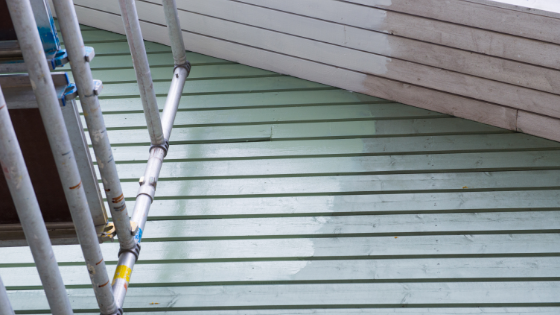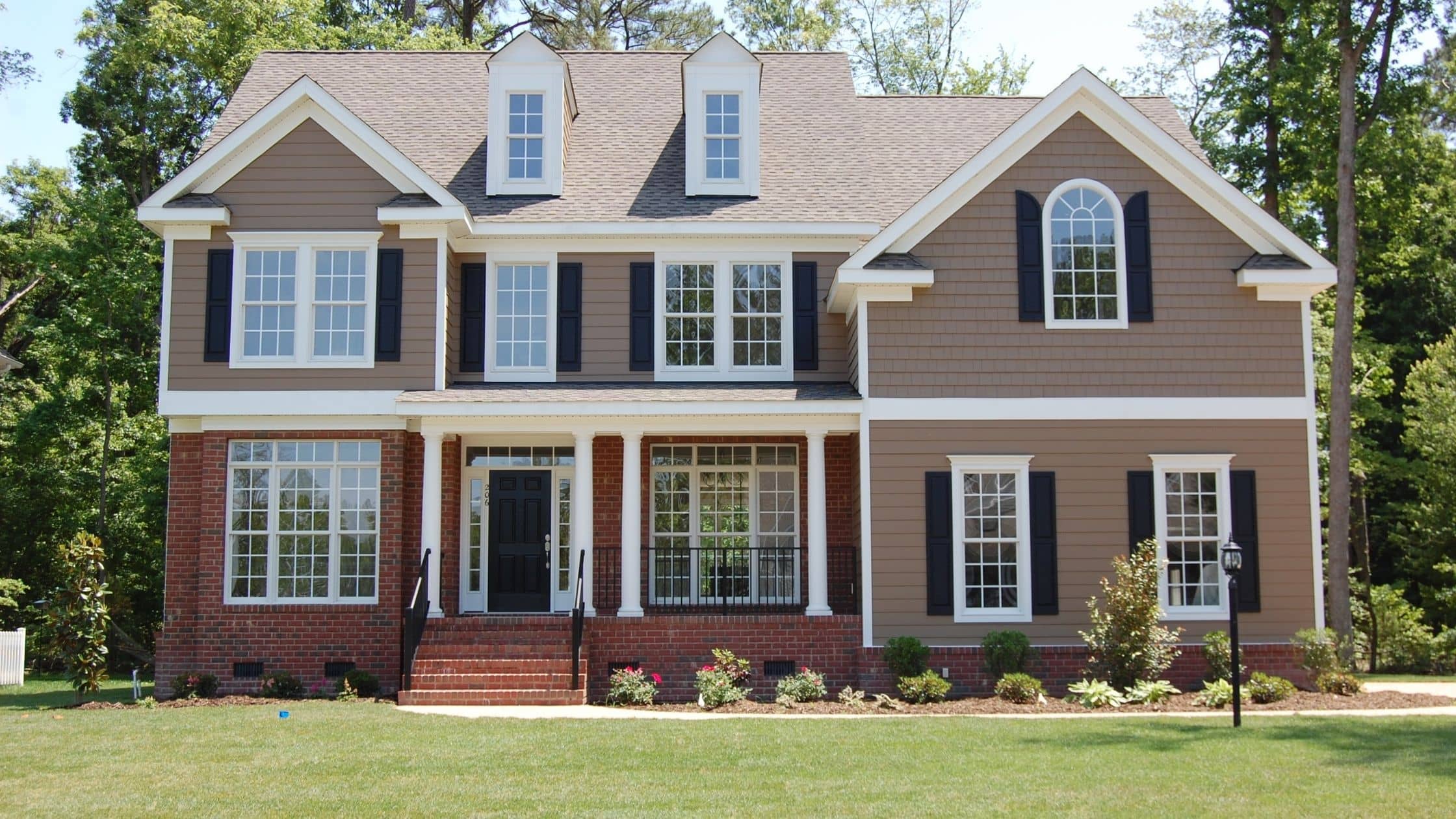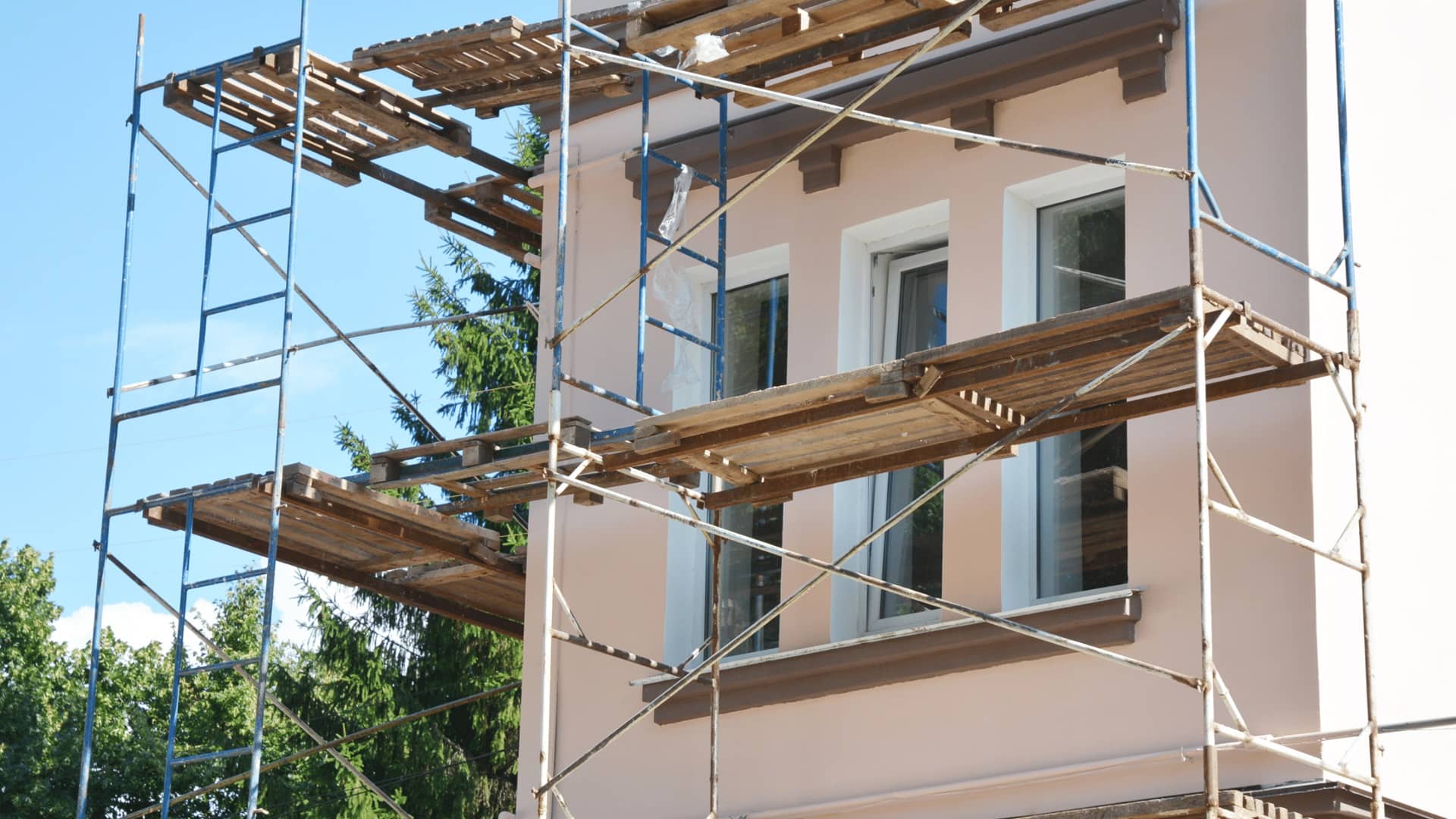Painting the exterior of your home is not as easy as it might seem. Things like temperature, weather, and cleanliness of the sidings decide how your paint job will come out. Therefore, we suggest that you first know the perfect time for painting the sidings, the gap between repaints, and the factors affecting the quality of paint to be able to do an optimal job on your sidings.
This guide is specifically created for the very purpose. Keep reading it till the end to discover how you can do the best possible paint job on your home’s sidings and increase its curb appeal. So let’s get started:
When Should You Paint Wood Siding
When it comes to painting the wood siding, you need to be extra careful about the temperatures because they can play a big role in deciding how your final results come out and how long they last. Also, the outside temperatures are out of your control, which is why you need to wait for the weather that is optimal for the painting. Here are the two temperature conditions that work well for painting your house’s exterior:
- The temperature for the surface and the air should be minimum 50 °F or 10 °C if you are using the latex paint. Depending on the area you live in, this is usually between autumn and winter seasons.
- As for the oil-based paints, we suggest that the air temperature and the surface temperature should be more than 12 °C, which also falls under autumn.
So in conclusion, the best time for painting the wood siding is between autumn and winter if you live in a relatively colder country like the U.K.
How often should you paint it?
Now that we are clear on the ‘when,’ let’s move to the frequency of the painting. Different materials of siding require different durations between repaints, and we will give you a general idea for most popular ones, including wood:
- If you have aluminum siding, we suggest you should repaint it every five years
- If it is wood siding, it should be painted every three to seven years and should be stained every four years approx.
- New types of materials such as cement fiberboard require less frequent painting as they can go up to 10 to 15 years
- If it is made of brick, you can repaint it every 15 to 20 years
We suggest that you don’t try to cut corners and save money on repainting the exterior if it is already overdue. This is because when the paint starts to get further damage, it will make your prep work harder, and you might have to shell out more money to get the job done.
What Factors affect the durability of Exterior Paint?
- Previous Paint Job: The biggest factor that affects the timeline of your repainting is how you carried out the last paint job. If you used good quality exterior paint and applied a number of coats, you should get a good amount of time out of it. Furthermore, lighter shades of paint last longer because they don’t show fading and dirt easily. Applying two to three coats as opposed to just one should give you good longevity. Lastly, 100% acrylic paint is the most resistant to fading and also highly durable.
- Weather Conditions: If you reside in an area where the summers are hot and sunny, and there is no shelter from trees, the strong UV rays from the sunlight will cause the paint to create bubbles and fade quicker, especially if it has darker hues. Other conditions that make the paint age quickly include frequent storms, harsh winters, salty ocean breezes, extreme humidity, and blowing sand.
- Maintenance: We suggest that you take good care of your house and actively inspect its exterior every few months for signs of danger such as dampness, chalkiness, rot, termite, or mould. If you see any of these, treat them immediately and keep the moisture out by caulking and sealing.
Prepping Siding for Long Lasting Paint
If you want to get a bang for your buck, you need to do a few things to ensure the paint stays for a long time with its full beauty and grace. Have a look at them below:
- Before you start painting, we suggest you get the exterior of your home in the best shape. This includes treating any insect or mould, replacing any rotten wood, repairing holes and cracks and sealing and caulking any seams.
- If there is any peeling, cracking or bubbling paint, sandblast it for even surface. Have the exterior power washed as well for a neat and clean painting job.
- After you clean the house, allow it to dry completely to avoid trapping any moisture beneath the paint. This also applies to heavy rain. Wait for a few days before painting if it rained to allow the house to dry completely.
- Before painting, we suggest you check your local weather forecast to ensure there is no extreme and moist weather ahead. For the best painting results, the dry and mild temperature is perfect that protects the paint from drying or becoming thick.
That’s pretty much it, but we do suggest that if you have no prior experience of painting or if you want extreme value for your money, you should hire painting companies. They have the professional equipment and years of knowledge that will only benefit you in the longer run.





